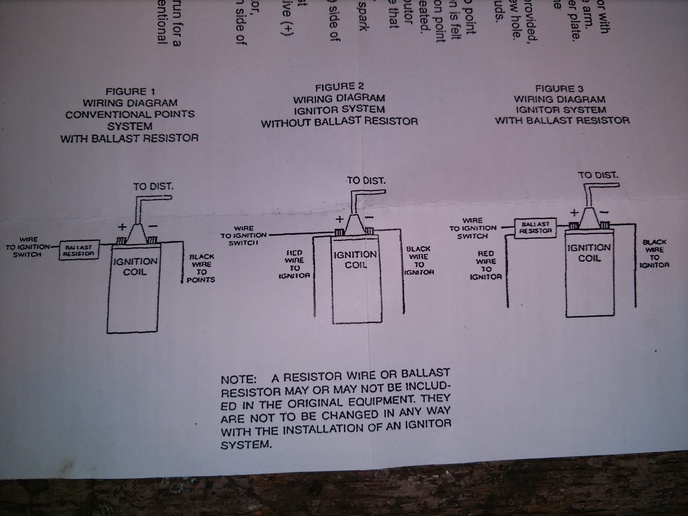johnofnewhaven
Well-known Member
Hello. I am hooking up electronic ignition
to my 1970 3000. I have a few questions.
1st the old coil is marked on top battery
on one post and distributor on the other
post. Is the battery post the positive
post? 2nd does this 3000 have a ballast
resistor? Any one ever install a Pertronix
electronic ignition on a 3cyl ford gas
before? Thank you!
to my 1970 3000. I have a few questions.
1st the old coil is marked on top battery
on one post and distributor on the other
post. Is the battery post the positive
post? 2nd does this 3000 have a ballast
resistor? Any one ever install a Pertronix
electronic ignition on a 3cyl ford gas
before? Thank you!


